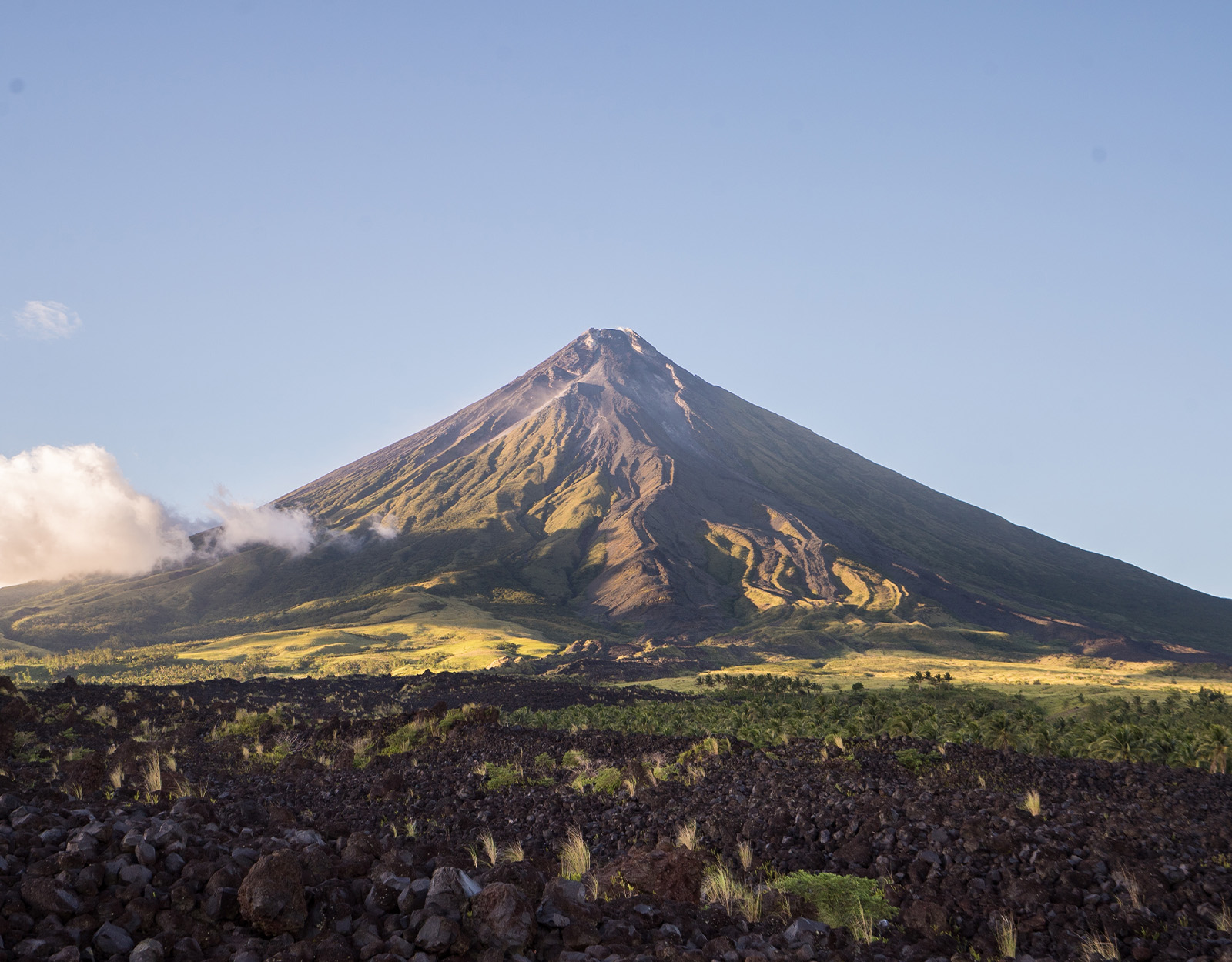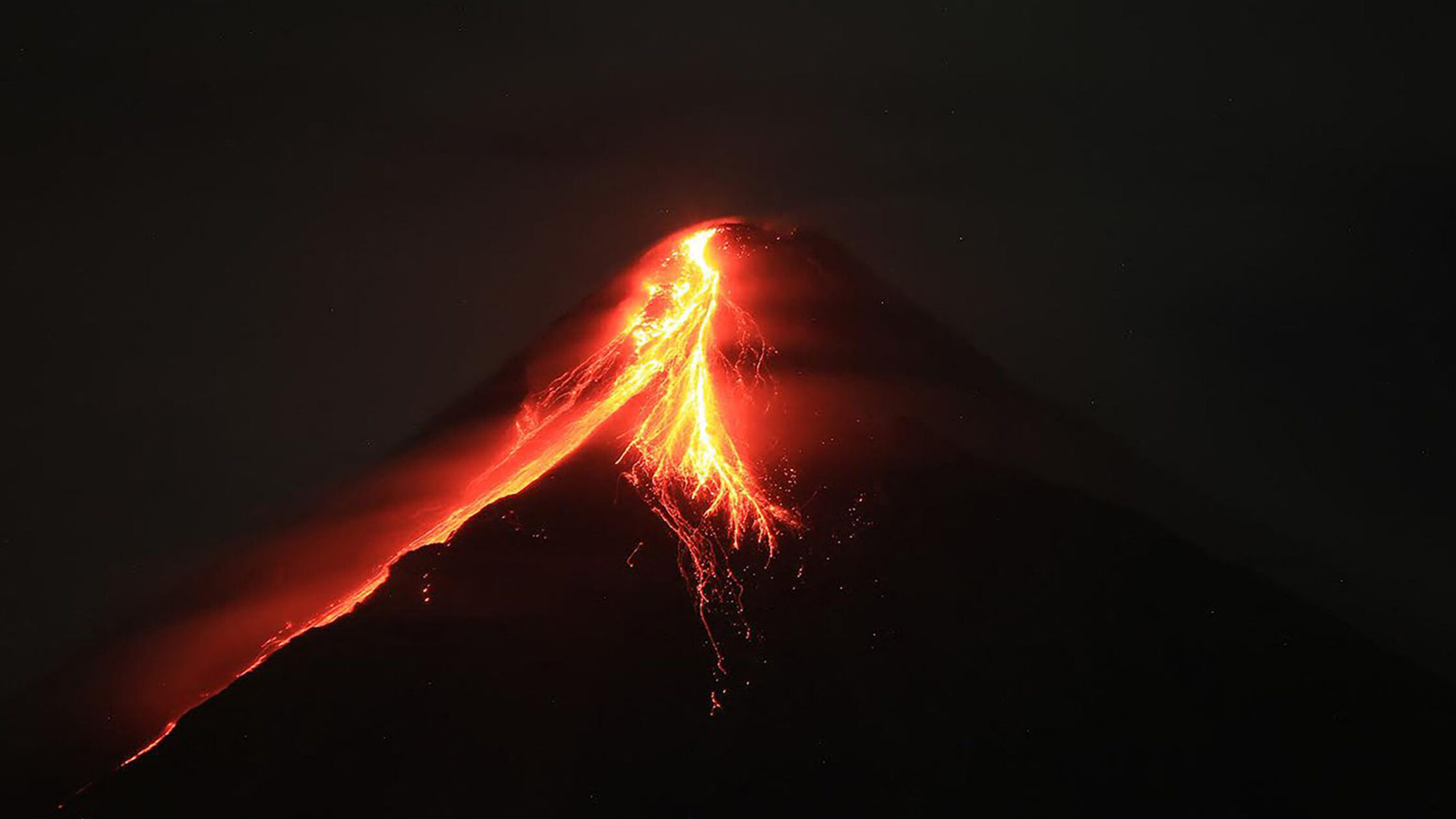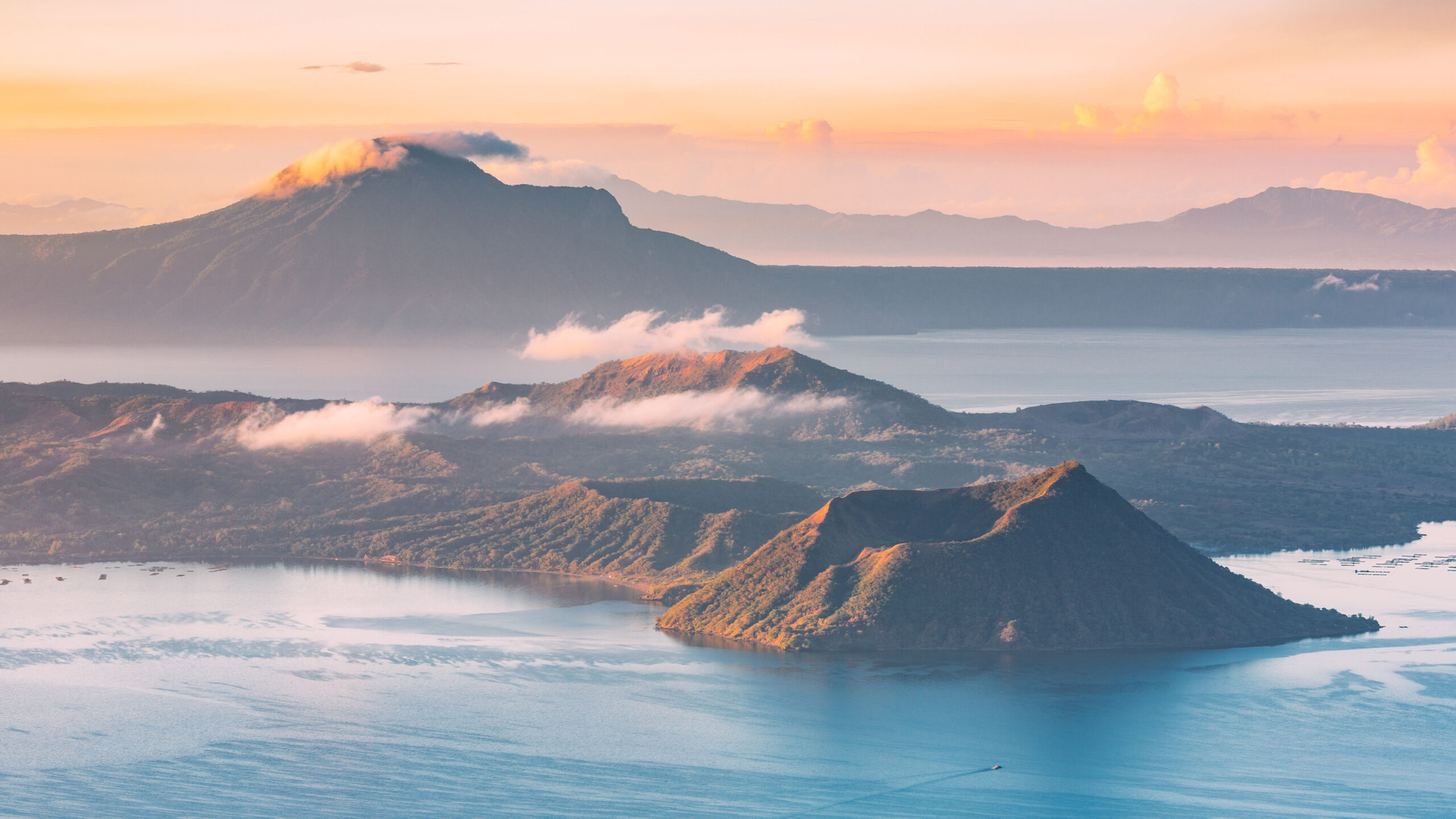Mayon Volcano Eruption: Here’s What We Know
It looks like Mayon Volcano isn’t just known for its perfect cone-shaped slope but for its eruptions as well!
Mayon Volcano, as most of us probably took up from school, is known as a tourist spot. Its perfect cone-shaped form became the source of the many legends in Albay; the legend of star-crossed lovers Darang Magayon and Pangaronon being the most popular one. Despite its beauty, a volcano is still one of the more dangerous landforms that have families fleeing at the slightest activity.
As for Mayon Volcano’s sudden eruption, here’s what we know so far.

1. Mayon is one of the most active volcanos in the country
The Philippines has around 24 volcanos with Mayon Volcano erupting around 48 times in the last 400 years. DOST-PhilVolcs has been monitoring the volcano since its worst eruption in 1814, killing 1,200 people. The last summary report from the government revealed that this eruption is currently comparable to its eruption in 2014, leaving it at Alert Level 3.
UPDATE: As of June 16, 2023, Mayon Volcano’s currently emitting around 826 tons of SO2 (Sulphur Dioxide) compared to June 15’s 193. It’s also currently releasing smaller volcanic eruptions.
2. There are 8 cities and municipalities within the vicinity of the volcano
Some families and cities have found homes at the base of the volcano, taking advantage of Mayon’s ability to create fertile soil and become a possible source of geothermal energy. Unfortunately, the natural response of the volcano to erupt has Albay’s LGU evacuating and displacing around 15,000 citizens.
3. It’s a natural defense for the environment
As the Philippines further urbanizes its lands, Mayon Volcano serves as a natural deterrent for those who wish to convert the forests into commercial areas. The spewing lava and ash keep those with malicious intentions against the environment. Because of this, Mayon Volcano has a natural park to preserve much of its native species.

How can we help those affected?
Mayon Volcano’s activity is slowing down, but many people are still coping with the stress of leaving their homes behind. Some also lost their access to food, rallying some private organizations and NGOs to help out. Some of the organizations that are helping these families include the following:
More about disaster management:
5 Basic Ways How To Prep Kids for an Emergency
4 Reasons Why Parents Should Be Teaching Disaster Preparedness
6 Must-Haves When a Super Typhoon Hits









